How Cars of the Future Were Imagined in 2007 — A Look into 2057
The fantasies of auto designers: how in 2007, they predicted the cars of 2057.
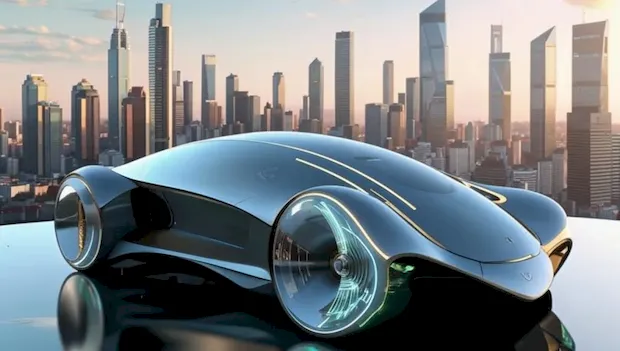
In 2007, at the Auto Show Design Challenge in Los Angeles, the largest automakers gathered not to boast about new series models. It was a show of ideas, concepts, fantasies — a kind of showcase of the future as seen by designers and engineers almost two decades ago. Back then, there were no restrictions on budget or technical feasibility — only pure creativity. It's intriguing to see how they envisioned roads 50 years later. Perhaps some of these ideas will still be seen in reality.
Cars of the Future: How They Were Seen in 2007

Audi Virtuea Quattro
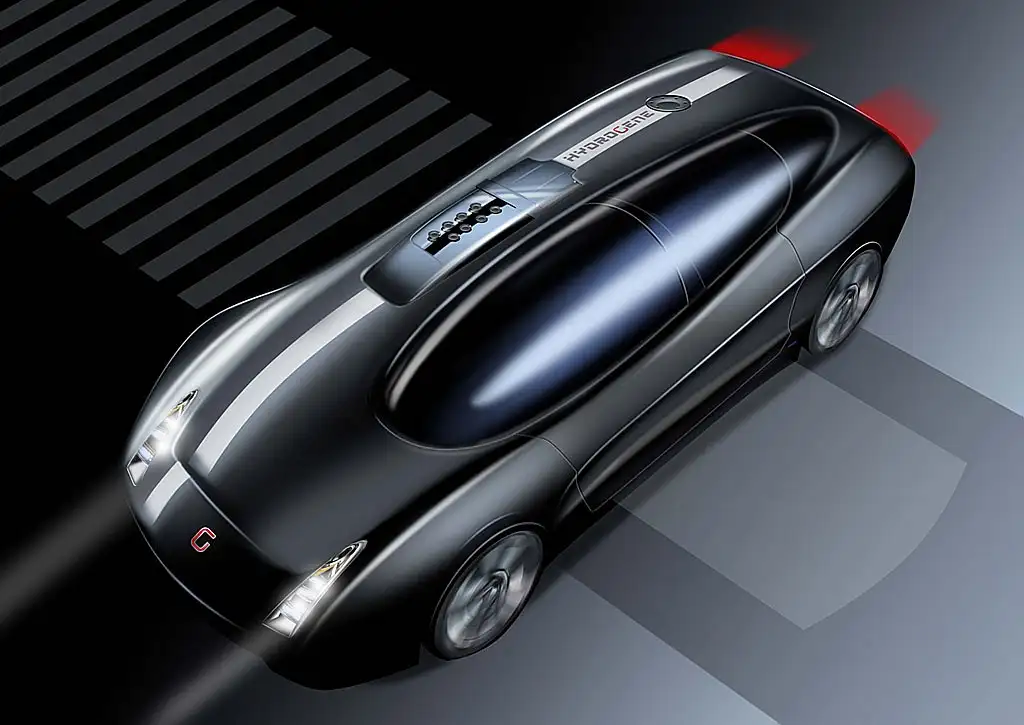
Audi presented a concept of a single-seater car running on environmentally friendly hydrogen. But its main feature is not the engine at all. Designers came up with a holographic body that the owner can customize. Color, shape, style — everything changes as if it's a skin in a computer game. Hundreds of design options can be combined into unique combinations. This futuristic project was created at the California Audi/Volkswagen Design Center.
GM OnStar ANT
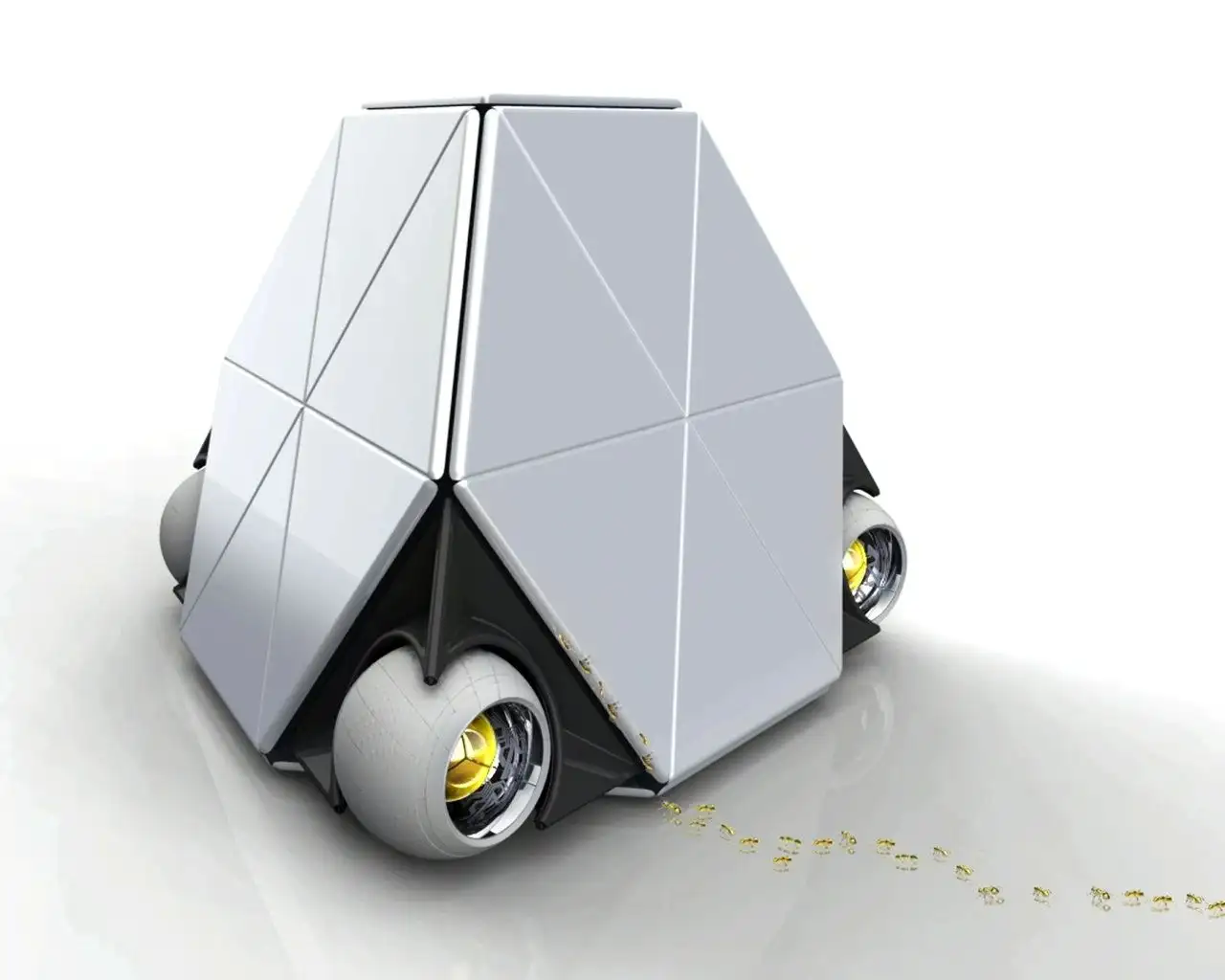
General Motors took the path of adaptive safety. Their concept called ANT — short for Advanced Networked Transportation and also "ant" in English — was supposed to become a truly intelligent vehicle. It was purportedly capable of monitoring road conditions up to three kilometers away and automatically adjusting the route and maneuvers. Moving is done with the help of three independent wheels on the "Nanorb" system, allowing it to move in any direction. Theoretically, this sounds impressive, but in practice, it seems it could just get stuck somewhere after a hundred meters and start spinning nervously on the spot — after all, roads aren't going anywhere.
Mazda MotoNari RX
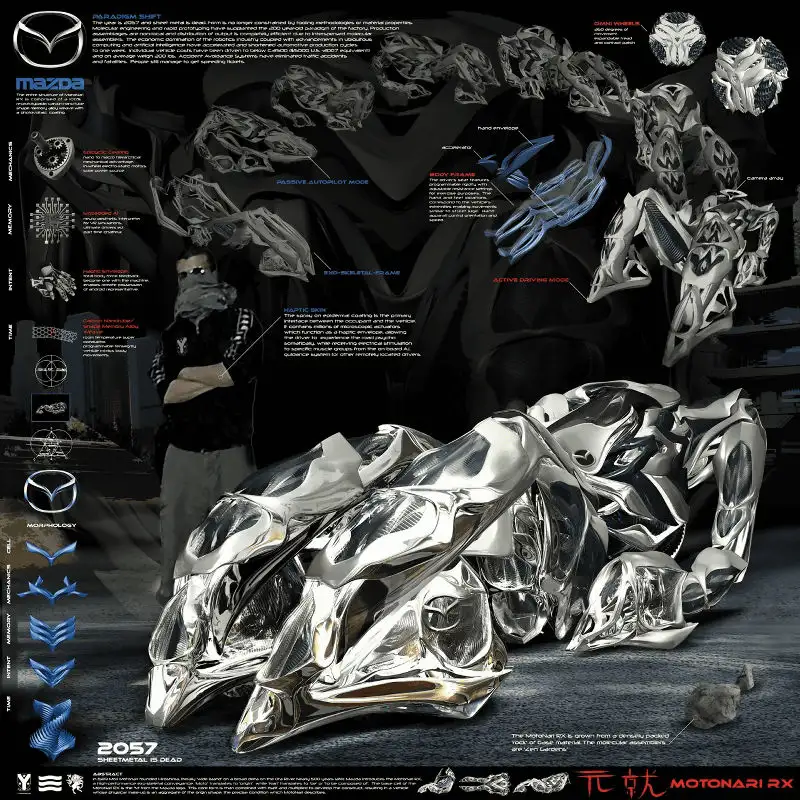
Mazda presented a futuristic concept, and unlike competitors, even prepared full documentation, including a proposed price. The car features a system that enhances the physical connection between the driver and the road. Using a million microscopic sensors, the car transmits electrical impulses to the driver's muscles, simulating the feel of the road surface. Such hypersensory technology could bring a new level of interaction with the vehicle, but it's unlikely to be used widely on the uneven streets of most cities.
Honda Power Four
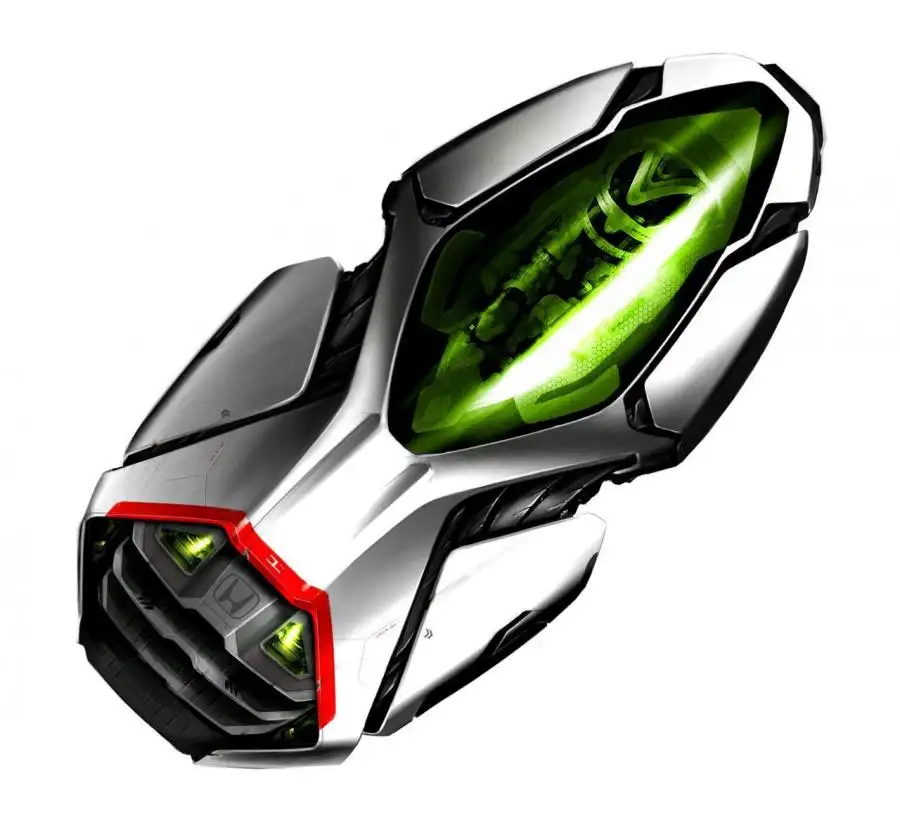
The Japanese company Honda approached the task with typical inventiveness. Their concept consists of four autonomous modules that can combine into a single vehicle. While you're traveling with colleagues, you're in one car. Want to split up? Each detaches and moves independently. The logic of such an idea may not appeal to everyone, but in the future world, perhaps such flexibility will be worth its weight in gold.
Mercedes-Benz SilverFlow
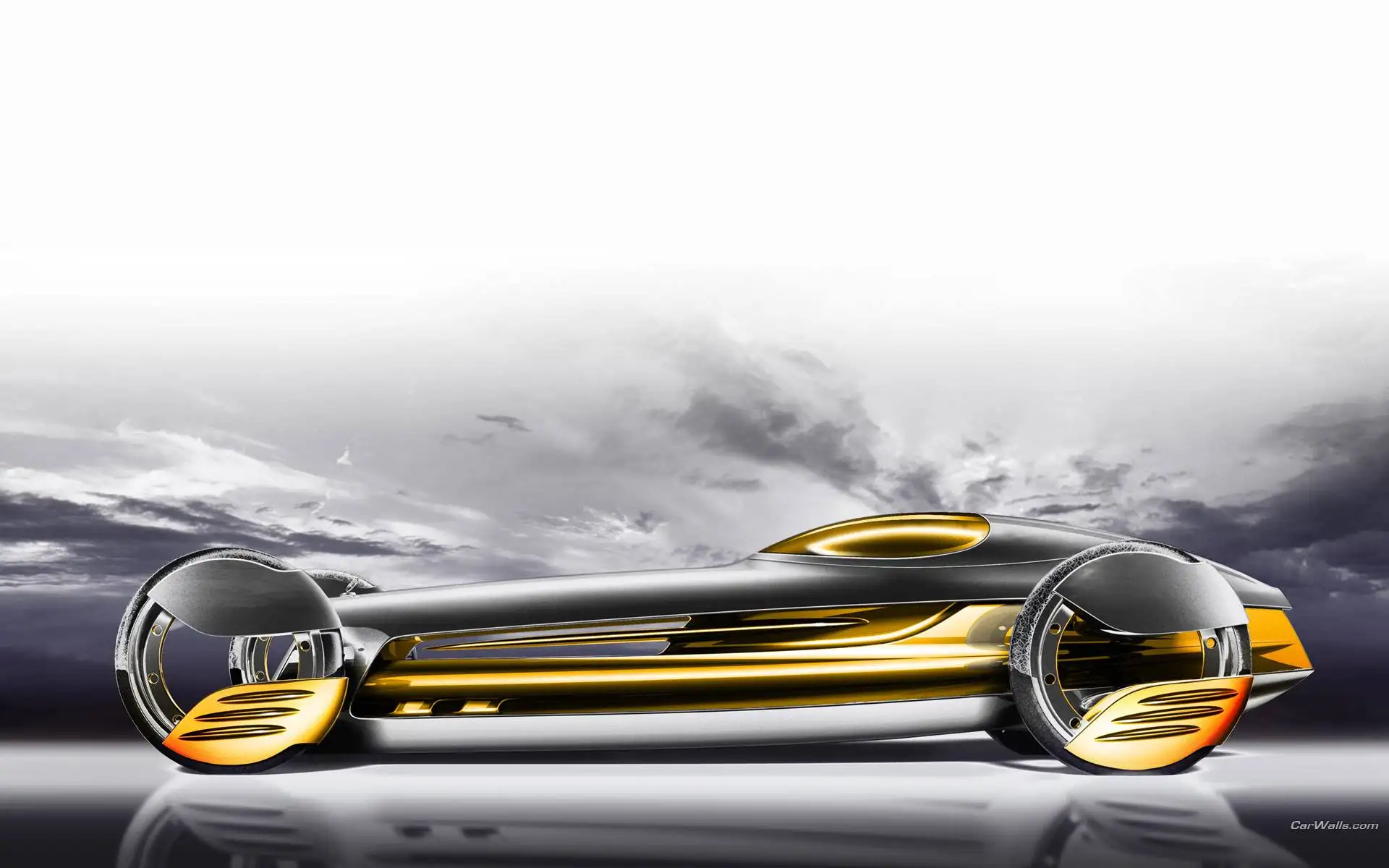
Mercedes engineers went further than the rest, solving two eternal problems for motorists: damage and parking. The body of the concept is assembled from magnetic nanoparticles that can change shape and repair themselves. Got a dent? Press a button, and everything's back to normal. And if you need to hide the car, it literally turns into a liquid metal. Imagine a car that you can pour into a bucket and place in a cupboard. The Terminator would approve.
Nissan OneOne
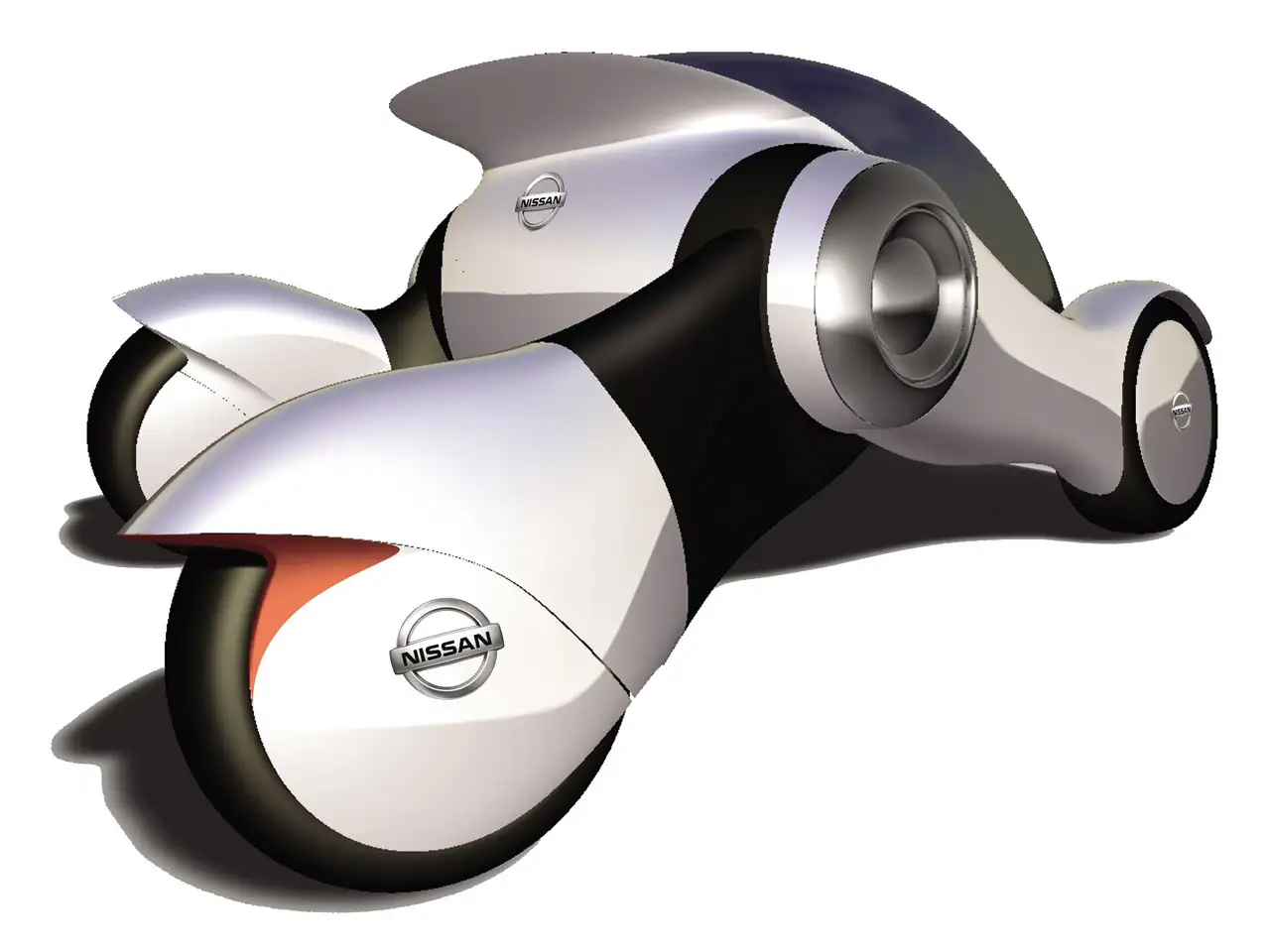
Nissan decided to draw inspiration from nature, creating something like a hybrid between a car and an animal. Their concept, dubbed the "family pet" by the company, moves not on wheels but on synthetic "legs" that work like muscles. As it accelerates, the body lowers closer to the ground, reducing air resistance, and as it decelerates, it rises for greater stability. It's not just a mode of transportation but more like a smart partner.
Toyota Biomobile MECHA

Toyota approached the recycling issue creatively and presented a concept that runs on waste. Yes, literally – garbage is used as fuel. Moreover, the vehicle can change shape and expand thanks to nanotechnology. The wheels consist of nanolasers, providing movement in any direction. The car can adapt to the driver's tasks, including transforming into a sleeping place. The only thing left is to bring the technology to the desired level. And the Japanese know how to wait and work for results.
Volkswagen SlipStream

This concept won the exhibition. And it's no wonder—it's hard to immediately figure out where the front, back, wheels, or driver is. Its feature is adaptation to conditions. In city mode, it raises for compactness and maneuverability. On highways, it lowers, taking on an aerodynamic shape capable of accelerating up to 250 miles per hour. The control is comfortable: sit back, relax, and the car does everything itself. The energy source is solar panels. No gas stations or fuel crises.
Many of these concepts still seem like something out of science fiction. But it's worth remembering: one hundred and fifty years ago, horseless carriages were considered madness. And today, we can't live without cars. Who knows, maybe in 30 years, such "fantasies" will become reality.
You may also be interested in the news:
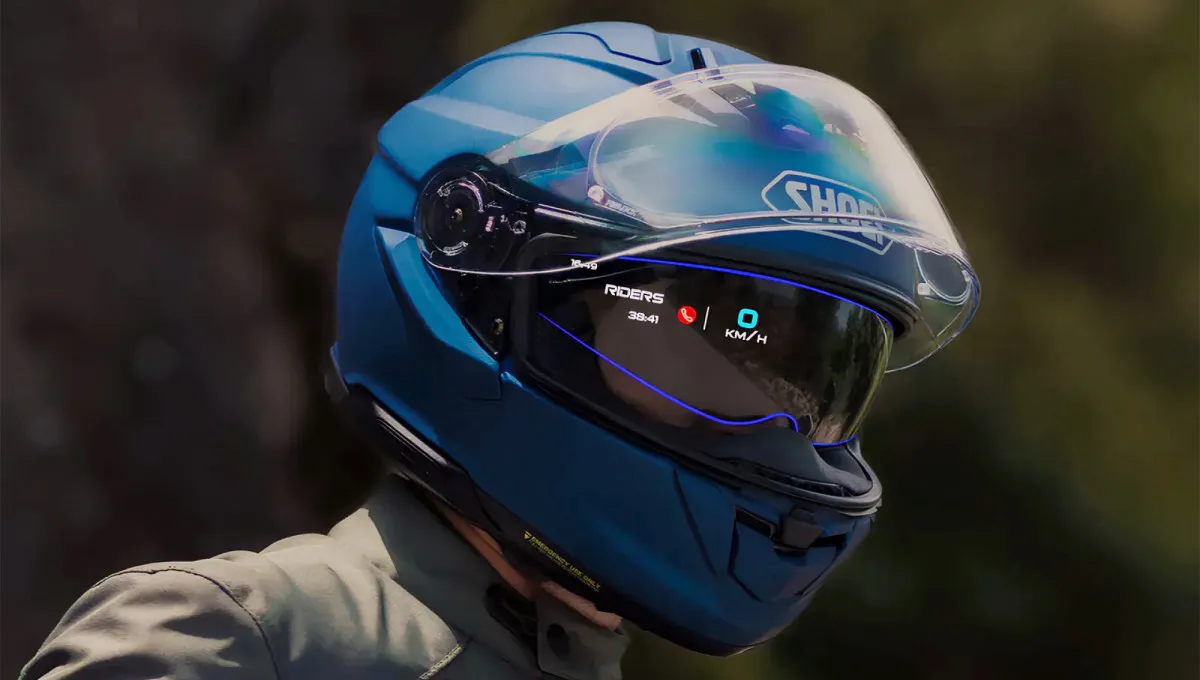
Shoei Unveils “Smart” Helmet with Augmented Reality
The GT-Air 3 Smart features a built-in AR display, enhanced connectivity, and long-lasting battery life.

McLaren May Rein In Its Supercars: Speed Limits Could Soon Depend on Location
McLaren supercars will activate Track Mode automatically — but only on the racetrack.
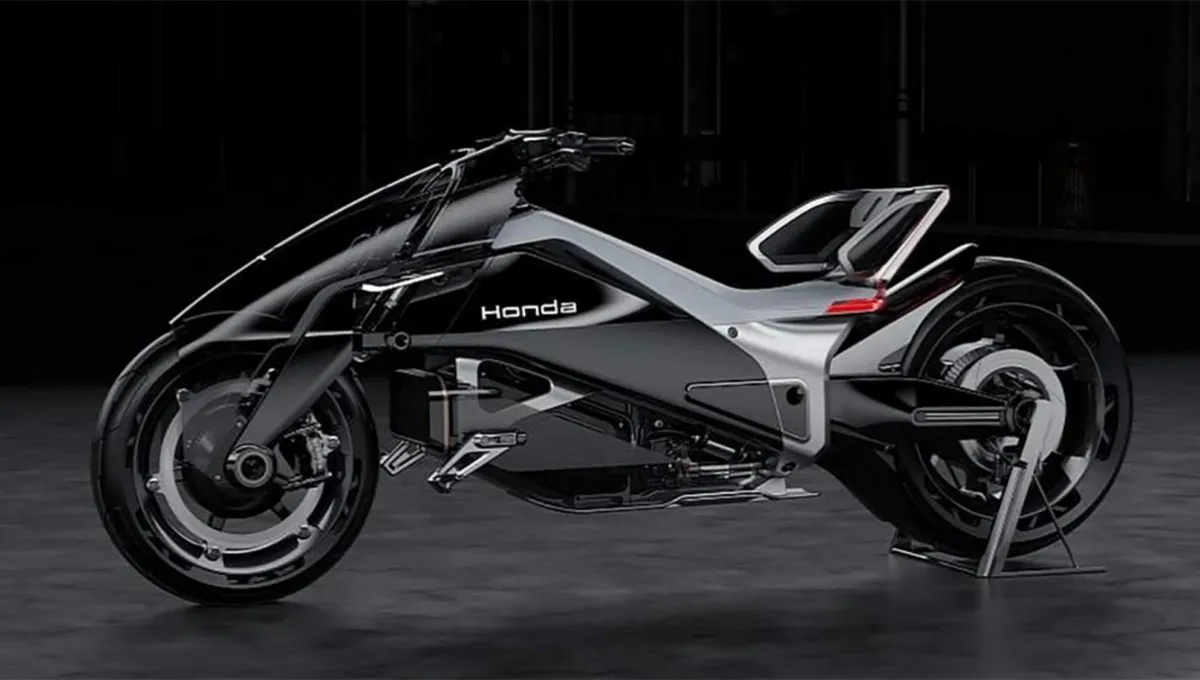
Honda Unveils the Outlier Concept — an All-Wheel-Drive Electric Motorcycle
Honda surprised crowds at the Japan Mobility Show with the Outlier, a dual-motor electric bike wrapped in a striking design.
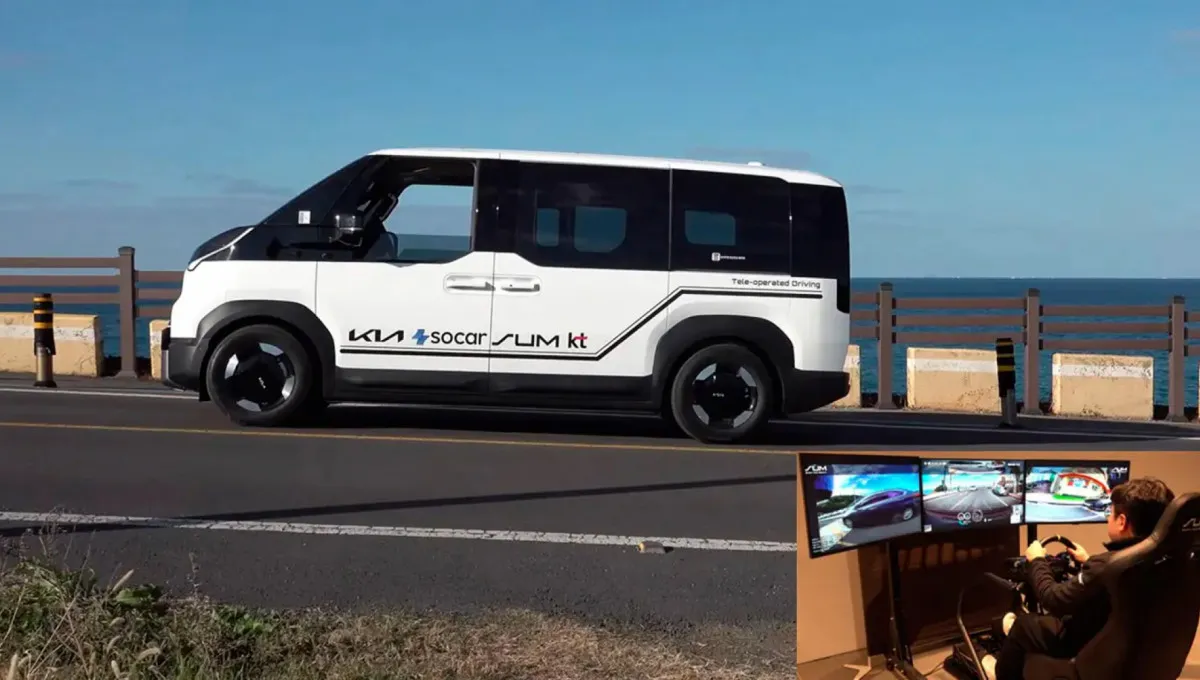
The Future Is Here: Kia Shows How to Drive a Car “By Phone” from Hundreds of Miles Away
Kia has successfully tested a remote-driving system in South Korea.

The Forgotten Eco-Giant: When Ford Tried to Save the Planet With a V10
This concept—called the Super Chief—was far more than a flex of horsepower.